Which of the following represents the complementary strand of a DNA sequence 3' TCGATCGCA 5'?
3' AGCTAGCGT 5'
5’ AGCTAGCGT 3’
5' UCGAUCGCA 3'
3' TCGUTCGCU 3'
Correct Answer : B
In DNA, the nitrogenous bases adenine (A) and thymine (T) pair together, while cytosine (C) and guanine (G) pair together.
Therefore, the complementary strand of the given DNA sequence 3' TCGATCGCA 5' would have the complementary nitrogenous bases as:
5’ AGCTAGCGT 3’
NOTE: The 5’ to 3’ direction of the complementary strand is opposite to that of the given strand.
Choice A.
3’ AGCTAGCGT 5’ is not correct because it is not complementary to the given strand.
Choice C.
5’ UCGAUCGCA 3’ is not correct because it contains uracil (U), which is a nitrogenous base found in RNA, not DNA.
Choice D.
3’ TCGUTCGCU 3’ is not correct because it also contains uracil (U), which is a nitrogenous base found in RNA, not DNA.
TEAS 7 Exam Quiz Bank
HESI A2 Exam Quiz Bank
Find More Questions 📚
Teas 7 Questions: We got the latest updated TEAS 7 questions
100% Money Refund: 100% money back guarantee if you take our full
assessment pass with 80% and fail the actual exam.
Live Tutoring: Fully customized live tutoring lessons.
Guaranteed A Grade: All students who use our services pass with 90%
guarantee.
Related Questions
Correct Answer is C
Explanation
Ovulation is the process in which an ovarian follicle matures and releases a reproductive egg.
During ovulation, a mature egg is released from the female ovary, enabling it to be fertilized by male sperm cells 1.
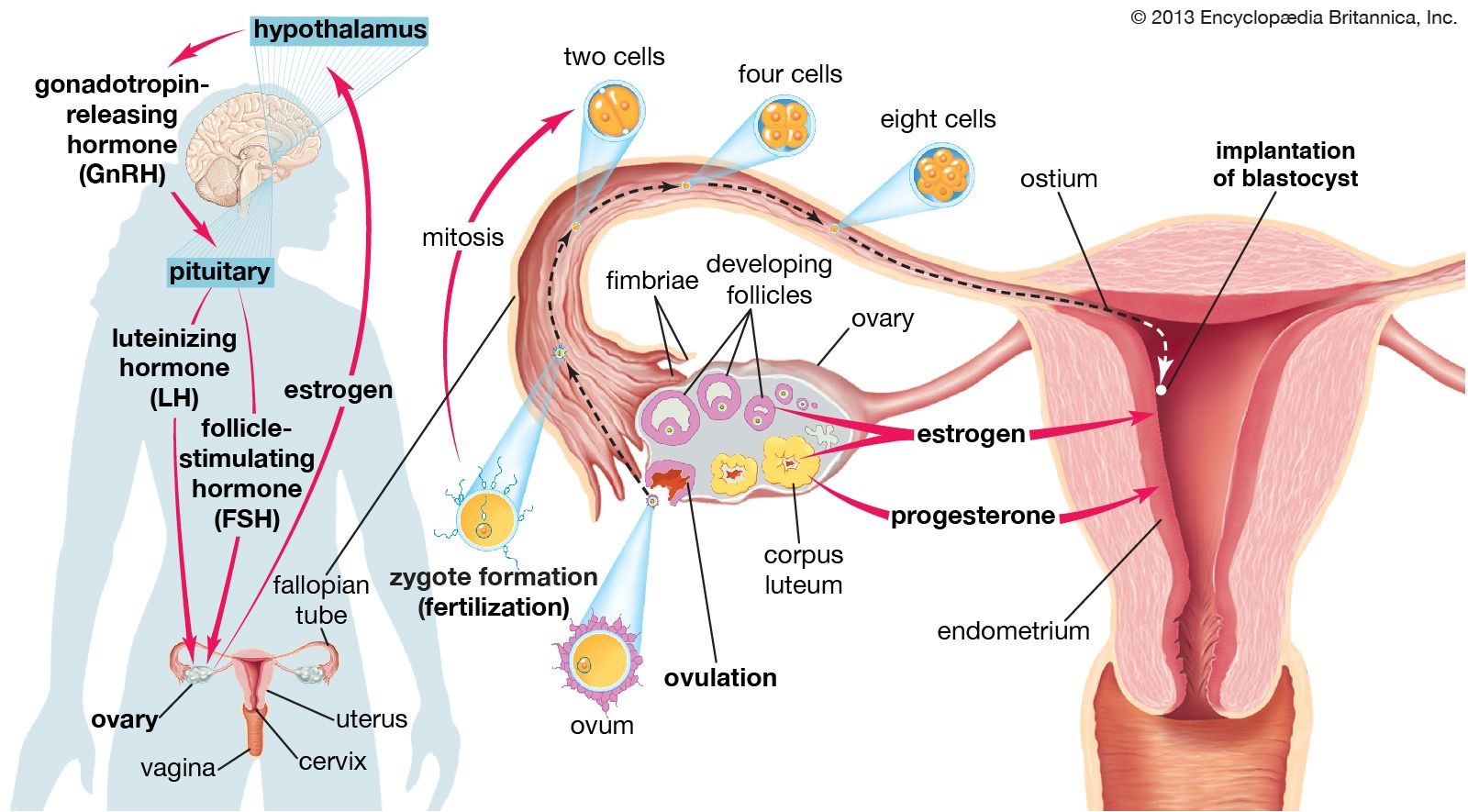
Choice A is incorrect because menstruation is the process of shedding the uterine lining, which occurs when an egg is not fertilized.
Choice B is incorrect because fertilization is the process of a sperm cell joining with an egg cell to form a zygote.
Choice D is incorrect because oogenesis is the process of forming female gametes (eggs) in the ovaries.
Correct Answer is C
Explanation
Other scientists can validate or disprove the findings.
It is important for new scientific findings to be published so that other scientists can review the research and either validate or disprove the findings.
This process of peer-review helps to ensure the accuracy and reliability of scientific research.
Choice A.
Scientists will get paid if their findings are published is not correct because while some scientists may receive funding or grants for their research, the primary goal of publishing scientific findings is not for financial gain.
Choice B.
Publishing findings will help scientists become more biased is not correct because the goal of publishing scientific findings is to share information and promote transparency, not to promote bias.
Choice D.
This prevents other scientists from performing similar tests is not correct because publishing scientific findings allows other scientists to build upon the research and perform further tests to validate or disprove the findings.
Correct Answer is A
Explanation
The approximate threshold value for mammalian neurons is -55 mV.
The threshold potential is the critical level to which a membrane potential must be depolarized to initiate an action potential.
Most often, the threshold potential is a membrane potential value between –50 and –55 mV
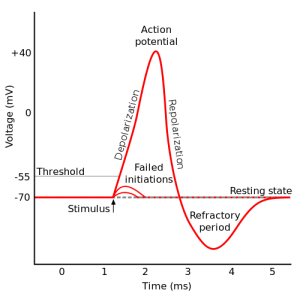
The membrane potential of a neuron is determined by the distribution of ions across the cell membrane.
At rest, the inside of a neuron is more negative than the outside due to the presence of negatively charged proteins and other molecules.
The movement of ions across the cell membrane can change the membrane potential.
For example, when sodium ions enter the cell, they make the inside of the cell more positive (less negative), causing depolarization.
Choice B is incorrect because -80 mV is below the typical threshold value for mammalian neurons.
Choice C is incorrect because +35 mV is above the typical threshold value for mammalian neurons.
Choice D is incorrect because 0 mV is above the typical threshold value for mammalian neurons.
Correct Answer is D
Explanation
Genes are used in the process of DNA sequencing to determine the order of nucleotides in a DNA molecule.
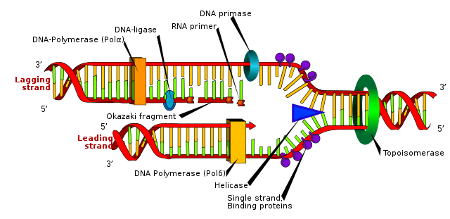
Choice B.
Blood types is not the correct answer because blood types are determined by the presence or absence of specific antigens on the surface of red blood cells and are not directly related to DNA sequencing.
Choice C.
Hormones is not the correct answer because hormones are chemical messengers produced by glands in the body and are not directly involved in DNA sequencing.
Choice D.
Genes is the correct answer because genes are used in the process of DNA sequencing to determine the order of nucleotides in a DNA molecule.
Correct Answer is B
Explanation
Reverse transcriptase, an enzyme encoded by the virus.
Reverse transcriptase is a virus-specific enzyme that transcribes an RNA template to DNA1.
This allows the AIDS virus, which contains RNA, to insert viral DNA into the DNA of a host cell after the AIDS virus enters the cell.
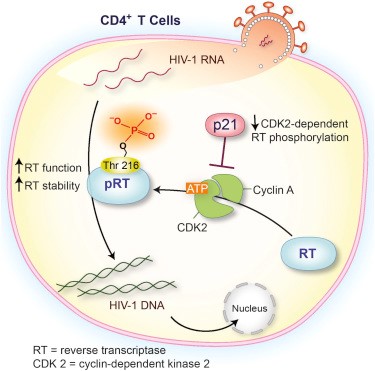
Choice A, The phospholipids found on the envelope of the virus, is not the correct answer because phospholipids are a major component of cell membranes and do not play a direct role in inserting viral DNA into the DNA of a host cell.
Choice C, Receptor proteins located on the surface of the virus, is not the correct answer because receptor proteins located on the surface of the virus play a role in attachment and fusion of HIV virons to host cells, but do not play a direct role in inserting viral DNA into the DNA of a host cell.
Choice D, The protein that makes up the capsid of the virus, is not the correct answer because capsid is the outer protein shell of a virus and does not play a direct role in inserting viral DNA into the DNA of a host cell.
Correct Answer is B
Explanation
Electrophoresis is the most useful laboratory method for separating genomic DNA fragments by size.
Electrophoresis is a technique that uses an electric field to separate charged molecules, such as DNA fragments, based on their size and charge.
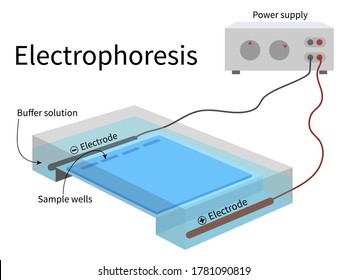
Choice A is not correct because titration is a laboratory method used to determine the concentration of a solution.
Choice C is not correct because filtration is a laboratory method used to separate solids from liquids.
Choice D is not correct because spectrophotometry is a laboratory method used to measure the absorbance of light by a solution.
Correct Answer is C
Explanation
The best reason for the prolonged preservation of the body is that it was frozen in the cold temperature of the Alps shortly after he died and remained frozen until it was found.
Freezing can preserve a body by slowing down or stopping the decomposition process.
Choice A is not correct because the food that the person ate would not have contained toxins that killed the bacteria that would have otherwise destroyed the body.
Choice B is not correct because the arrow wound would not have caused blood to flow out of the body in a way that would have cleared enzymes that break down tissue from the body.
Choice D is not correct because ultraviolet rays at high altitude would not have caused all of the body’s molecules to be preserved.
Correct Answer is B
Explanation
Diffusion down a concentration gradient causes most of the carbon dioxide from the blood to move into the alveoli.
The alveoli are tiny air sacs in the lungs where gas exchange occurs.
Carbon dioxide is a waste product of cellular respiration and is carried by the blood to the lungs to be exhaled.
In the lungs, carbon dioxide diffuses from the blood (where its concentration is high) into the alveoli (where its concentration is lower) down its concentration gradient.
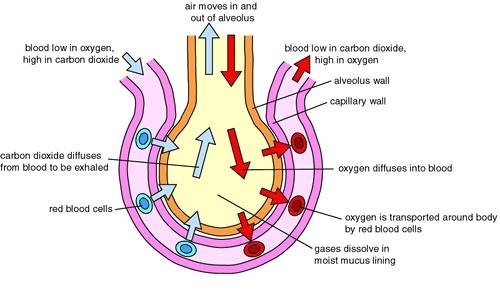
Choice A is incorrect because carbon dioxide is not converted to carbon monoxide in the body.
Choice C is incorrect because passive transport using carrier proteins is not the primary mechanism by which carbon dioxide moves from the blood into the alveoli.
Choice D is incorrect because active transport using energy is not involved in the movement of carbon dioxide from the blood into the alveoli.
Correct Answer is C
Explanation
The pH scale is a logarithmic scale that measures the acidity or alkalinity of a solution.
A solution with a pH of 7 is neutral, while a solution with a pH less than 7 is acidic and a solution with a pH greater than 7 is alkaline.
Because the pH scale is logarithmic, each whole number change in pH represents a tenfold change in acidity or alkalinity.
Therefore, a substance with a pH of 3 is 10 times more acidic than a substance with a pH of 4.
Choice A.
A substance with a pH of 3 is two times more alkaline than a substance with a pH of 4 is not correct because it incorrectly states that the substance with a lower pH is more alkaline and also incorrectly states the magnitude of the difference in acidity or alkalinity.
Choice B.
A substance with a pH of 3 is two times more acidic than a substance with a pH of 4 is not correct because it correctly states that the substance with a lower pH is more acidic but incorrectly states the magnitude of the difference in acidity.
Choice D.
A substance with a pH of 3 is 10 times more alkaline than a substance with a pH of 4 is not correct because it incorrectly states that the substance with a lower pH is more alkaline.
Correct Answer is B
Explanation
The atomic number of an atom is equal to the number of protons in its nucleus.
In this case, the atom has 12 protons, so its atomic number is 12.
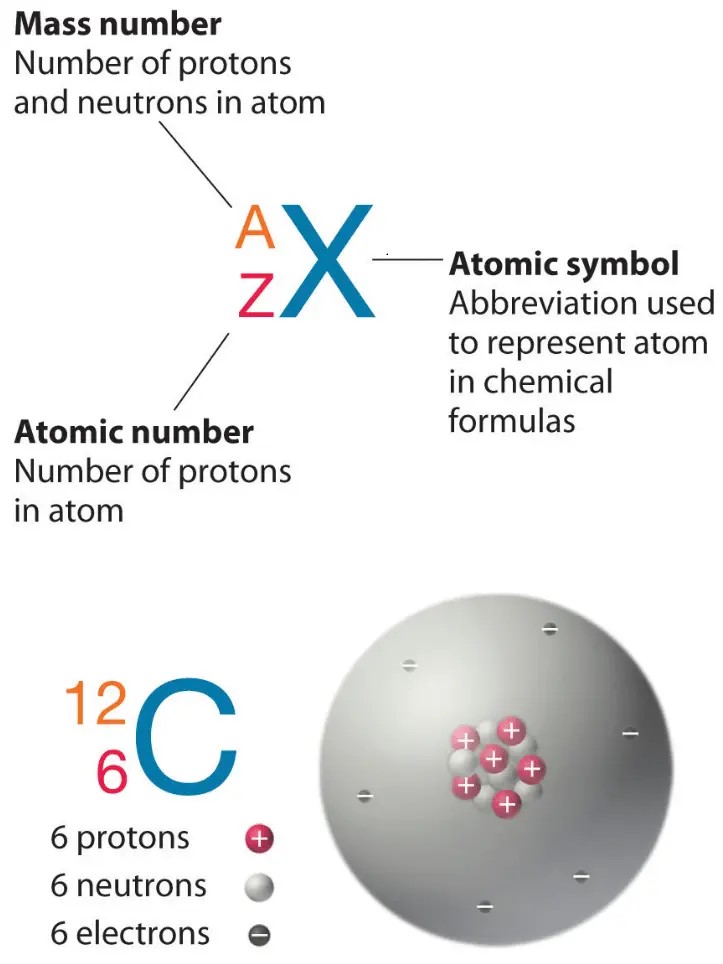
Choice A, 24, is not the correct answer because it represents the sum of the number of protons and neutrons in the atom’s nucleus, which is known as the mass number.
Choice C, 1, is not the correct answer because it does not represent the number of protons in the atom’s nucleus.
Choice D, 144, is not the correct answer because it represents the square of the mass number and does not represent any property of the atom.
This question was extracted from the actual TEAS Exam. Ace your TEAS exam with the actual TEAS 7 questions, Start your journey with us today
Visit Naxlex, the Most Trusted TEAS TEST Platform With Guaranteed Pass of 90%.
Money back guarantee if you use our service and fail the actual exam. Option of personalised live tutor on your area of weakness.
